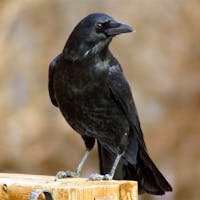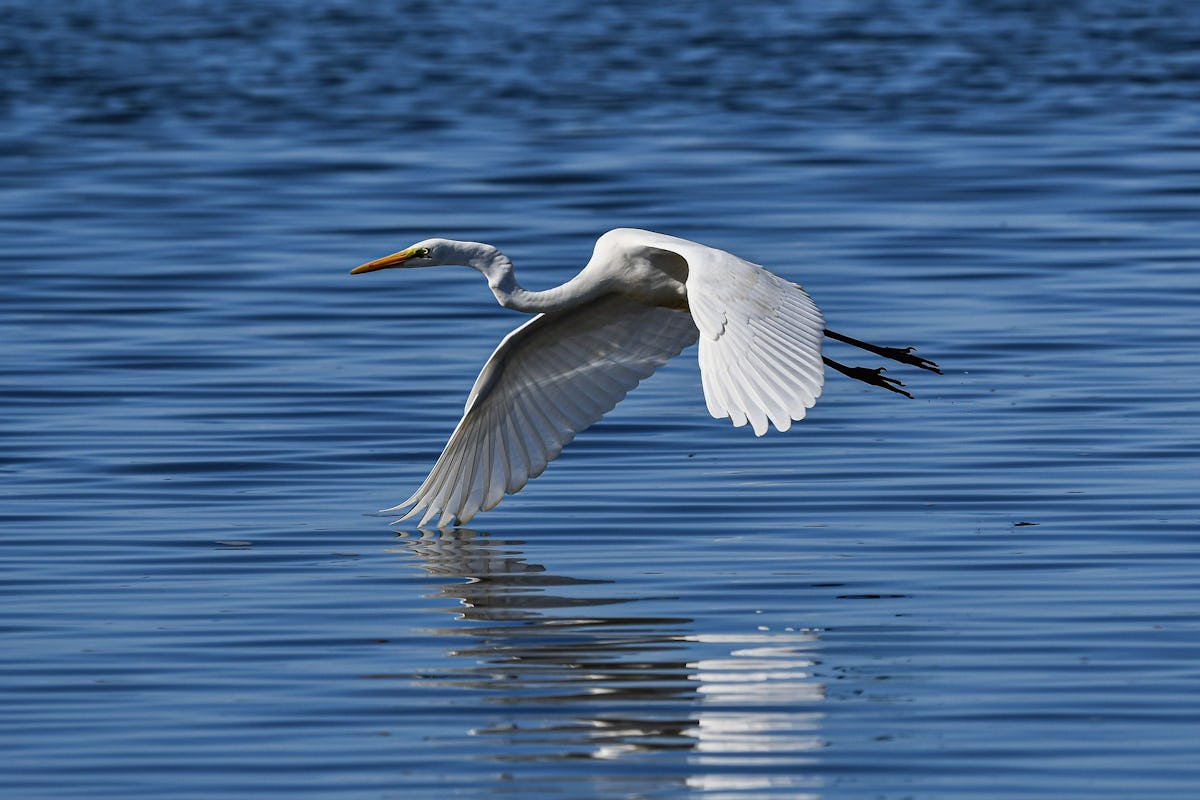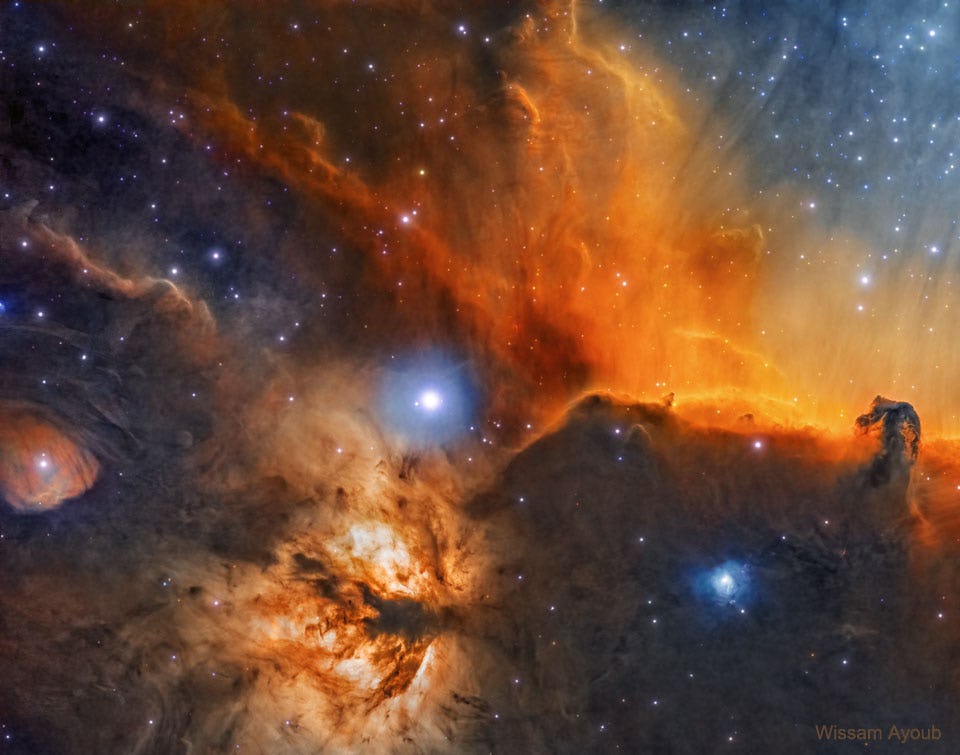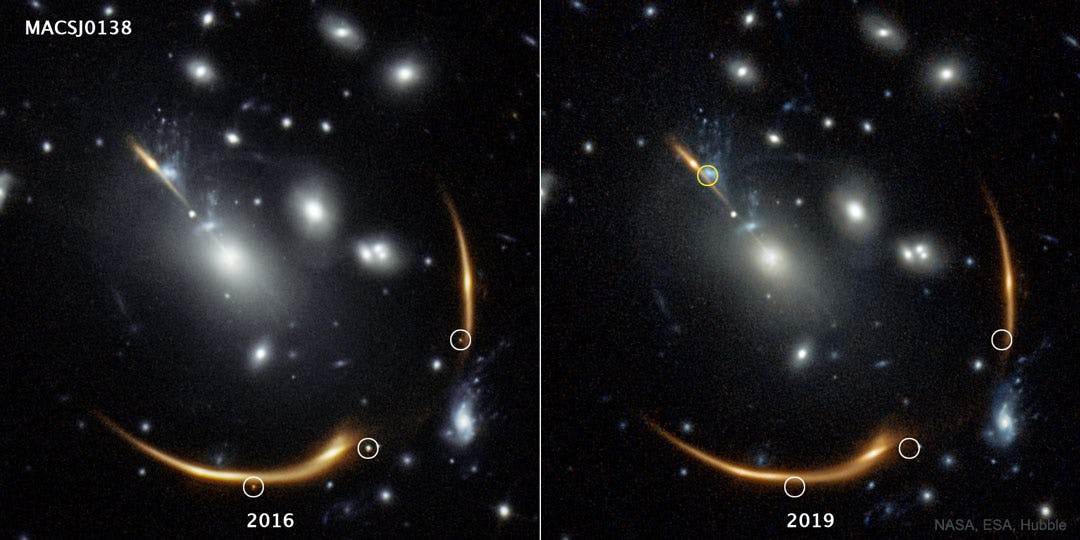I received another shipment
of Tulips today.
Over 50 I must plant,
along with Daffodils,
Crocus and Hyacinths.
Apparently, when I ordered
I forgot I had ordered some others
so I have approximately 75 total plantings
left to do before a hard freeze.
Now can I find room in my yard
for finding a spot to place
may be extremely hard.
A Comment by Loy

Good that you love a challenge! 🙂
A Comment by MFish

I do enjoy. Must as I ordered 20 more the other day. Yee gads.








.jpg?fit=crop&w=280&h=280&q=93)












.jpg?fit=crop&w=200&h=200&crop=faces)



 - Copy.jpg?fit=crop&w=280&h=280&q=93)


R.jpg?auto=format&fit=clip&w=600)





















